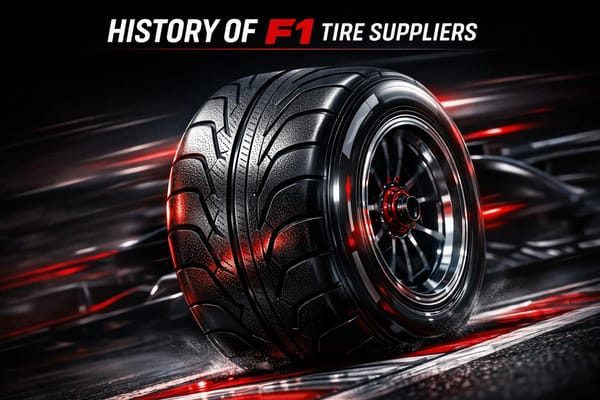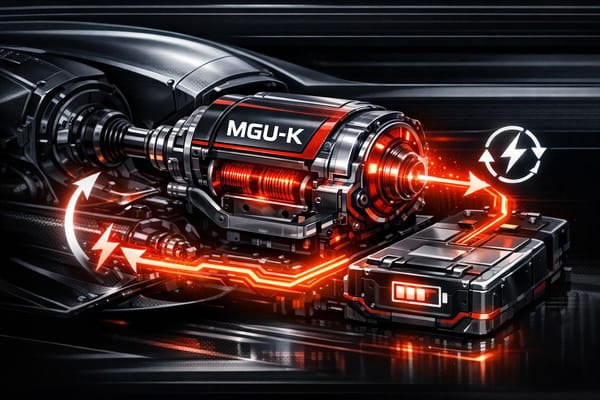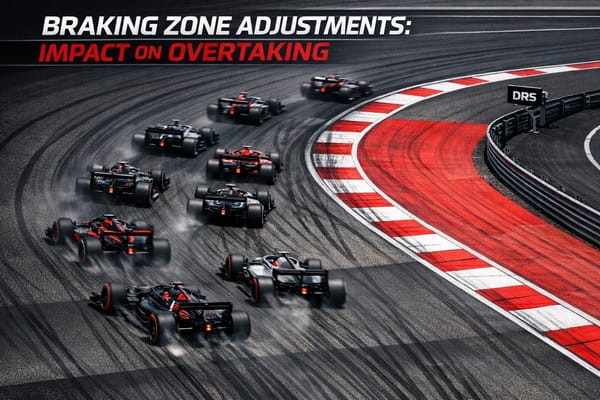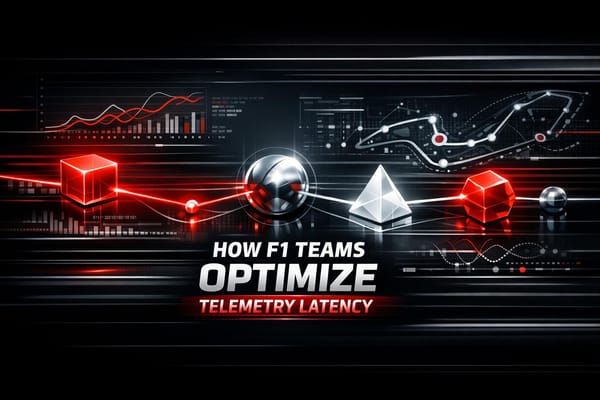Pierre Gasly: Alpine’s French Talent Striving for Consistency
Explore the challenges faced by a talented driver in a struggling team, highlighting the quest for consistency in a competitive racing environment.

Pierre Gasly, currently 29 and in his third year with Alpine, is navigating a challenging 2025 Formula One season. Known for his 2020 Italian Grand Prix victory with AlphaTauri, Gasly's transition to Alpine has been marked by a struggle for steady results. Alpine brought him on board to strengthen their team, but inconsistent car performance and unclear development strategies have hindered his progress.
Key issues include:
- Gasly's Strengths: Strong racecraft, technical feedback, and experience in high-pressure situations.
- Alpine's Challenges: Unpredictable car balance, limited strategy flexibility, and resource allocation concerns.
- Uncertainty in 2025: Alpine's car development plans and race-day strategies remain vague, impacting Gasly's ability to deliver consistent points.
Gasly's talent is evident, but Alpine's operational hurdles create a tough environment for him to excel. For both to succeed, the team must improve car reliability and race execution, while Gasly continues to maximize every opportunity on track.
Pierre Gasly: Believing In Alpine | F1 Beyond The Grid Podcast
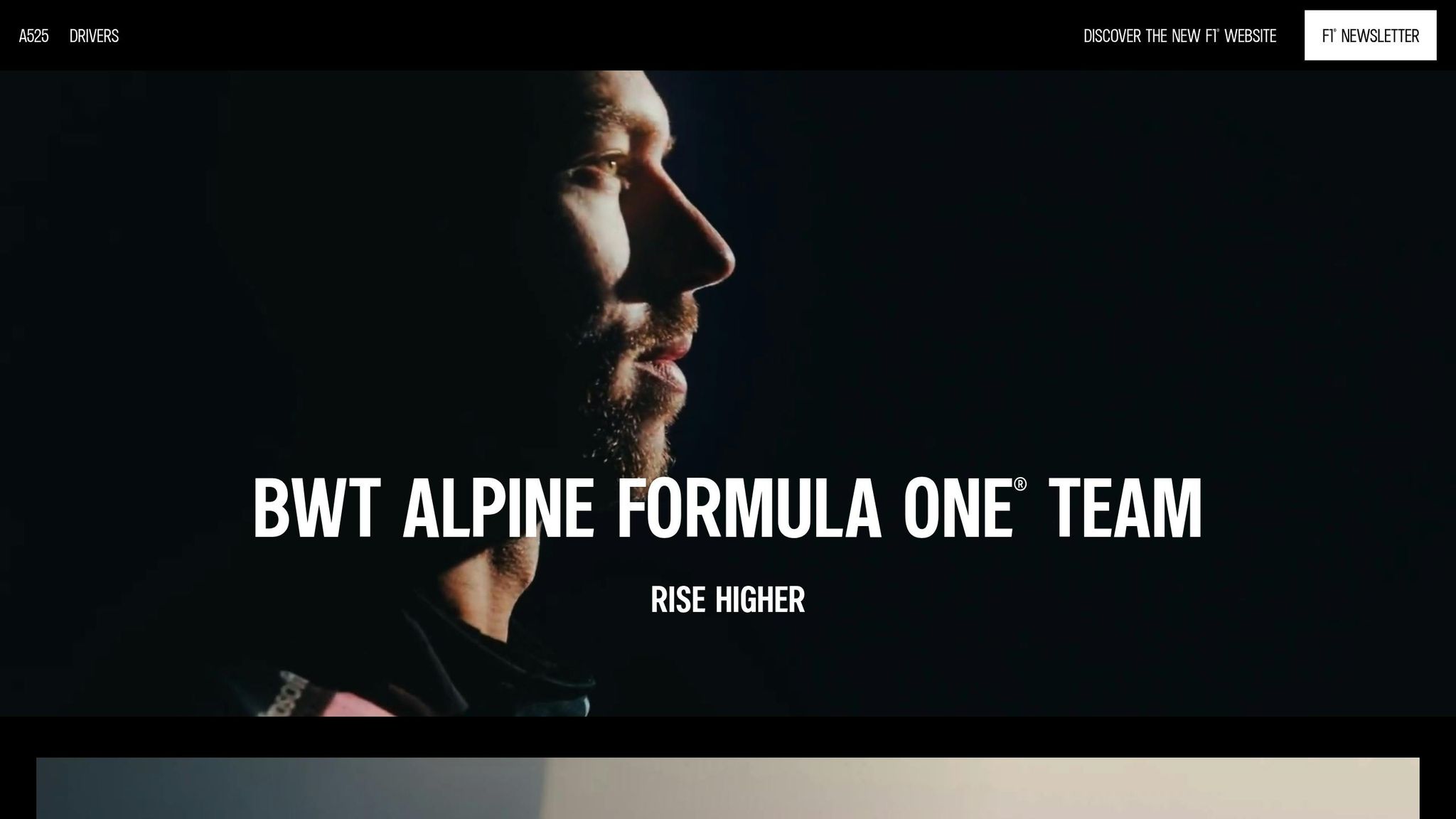
1. Pierre Gasly's Individual Performance
When it comes to Pierre Gasly's 2025 season with Alpine, detailed performance data is currently unavailable from verified sources. Key aspects such as his qualifying results, race-day execution, tire management, and overall race strategies remain unclear. These factors will play a significant role in understanding his growth as a driver and how he fits into Alpine's broader strategic plans.
As more data becomes available, it will provide a clearer picture of his performance, highlighting both his strengths and areas for improvement.
2. Alpine's Team Strategy and 2025 Car Performance
As Gasly continues to refine his performance, Alpine's evolving team strategy will play a significant role in shaping his path toward consistency. However, with Alpine's plans for 2025 still under wraps, much remains uncertain about how these strategies will influence his results.
Technical Development and Car Philosophy
Alpine has yet to reveal specifics about their car development plans for the 2025 season. While there’s speculation about potential technical upgrades, no concrete details have been shared. Without this information, it's difficult to predict how competitive the car might be or how it could impact Gasly’s ability to deliver consistent results.
Strategic Decision-Making Framework
These technical unknowns will undoubtedly affect the team’s race-day strategies. Decisions around tire management, fuel efficiency, and pit stop timing are critical for maximizing performance, but Alpine has not disclosed the finer points of their approach. How effectively these strategies are executed will be key to helping Gasly make the most of his opportunities on the track.
Resource Allocation and Operational Efficiency
A major challenge for Alpine lies in balancing immediate performance with long-term development goals. The way they allocate resources - whether in engineering, data analysis, or race operations - will be a determining factor. Additionally, seamless coordination and quick decision-making during race weekends will be essential in supporting Gasly’s pursuit of consistent points finishes. Strong teamwork and operational efficiency could make all the difference.
As the season progresses and Alpine provides more updates, we’ll gain a better understanding of how their technical and strategic choices might support - or hinder - Gasly’s efforts to achieve steady results.
Pros and Cons
Looking at Pierre Gasly's partnership with Alpine, it’s clear his driving talent stands out, but it’s often at odds with the technical hurdles the team faces. Let’s break down how Gasly’s strengths and Alpine’s challenges shape their race-day dynamics.
| Factor | Gasly's Strengths | Alpine's Challenges |
|---|---|---|
| Racecraft | Outstanding in wheel-to-wheel battles and overtaking | Limited strategic flexibility due to car performance |
| Technical Feedback | Strong setup expertise and feedback | Unclear direction in car development |
| Adaptability | Ability to perform across different car designs | Inconsistent car balance affecting driver confidence |
| Experience | Race-winning background and extensive F1 knowledge | Struggles with consistent execution on race days |
Gasly’s strengths shine in his racecraft and technical understanding. He has a knack for delivering solid results, even in tough conditions, showing his ability to push a car to its limits. This kind of skill is invaluable when dealing with a car that isn’t always competitive.
However, Alpine’s ongoing technical and operational issues create a tricky environment. Their inconsistent race-day strategies and execution often leave Gasly with limited opportunities to fully showcase his abilities. While he has the talent to take advantage of brief strategic openings, the team’s performance during crucial moments - like pit stops and tactical calls - has been hit or miss.
The challenge extends beyond race weekends. Gasly thrives with a car that offers stability and predictability, but Alpine’s focus on balancing short-term fixes with long-term development goals has been unclear. This lack of clarity directly impacts Gasly’s ability to deliver consistent results.
For this partnership to succeed, Alpine needs to step up with a more reliable technical package and sharper race-day operations. At the same time, Gasly’s ability to extract the most from the car will be key as they work to close the performance gaps throughout the season. Together, they’ll need to align their efforts to make meaningful progress.
Conclusion
Pierre Gasly's partnership with Alpine represents a crucial chapter for both his career and the team's ambitions in Formula 1. His quest for consistency goes beyond personal achievement - it's shaping up to be a key factor in Alpine's ability to challenge the sport's top teams.
Despite Gasly's undeniable talent and sharp racecraft, Alpine's struggles with inconsistent operations and an unclear development strategy have held him back. While Gasly continues to push the limits of his car, the team’s lack of steady strategic support has made it difficult for him to achieve standout results. These issues highlight the challenges that both Gasly and Alpine must overcome to realize their full potential.
As discussed earlier, the interplay between Gasly's performance and Alpine's strategy underscores the need for a unified approach. For Gasly to thrive, Alpine must provide a stable and reliable platform, building on his race-winning experience and ability to adapt. His consistent performances, even with a less-than-perfect car, offer a solid foundation for the team to work from - but only if they can translate his feedback into real progress.
To move forward, Alpine needs to align its short-term goals with its long-term vision. This means focusing on streamlined development and improving operational reliability. At the same time, Gasly must continue to make the most of every opportunity while staying patient as the team works through its technical challenges.
Success will depend on both Gasly and Alpine finding a way to work in harmony, executing their plans with precision. The coming months will be a defining period, revealing whether they can overcome their current struggles and move closer to their championship aspirations.
FAQs
What challenges is Pierre Gasly facing with Alpine's car in the 2025 Formula 1 season?
Pierre Gasly has faced notable hurdles with Alpine's car during the 2025 season, primarily due to its inconsistency and ongoing tire management issues. These problems have not only impacted his individual performance but also hindered the team's ability to remain competitive. Adding to the struggle, the car has been criticized for lacking speed, with no major upgrades on the horizon to help close the gap with rival teams.
Gasly hasn’t held back in expressing his frustration with the car’s technical shortcomings, which continue to stand in the way of better results. These challenges underline the urgent need for Alpine to tackle both the car’s performance and reliability problems if they hope to help Gasly achieve more consistent results on the track.
How does Alpine's uncertain development strategy affect Pierre Gasly's consistency on track?
Alpine's Shifting Strategy Creates Challenges for Pierre Gasly
Alpine's uncertain approach to car development is making life tough for Pierre Gasly as he strives for consistent performance. The team seems to be prioritizing long-term goals - like preparing for the 2026 season - over immediate improvements. This focus disrupts the car's development and reliability, leaving Gasly to deal with the fallout on track.
The lack of a clear, unified plan makes it harder for Gasly to adapt to constant technical changes and get the most out of his car. These ongoing challenges are not just frustrating - they’re holding him back from delivering steady results and gaining the momentum he needs to thrive in his Formula One career with Alpine.
How can Alpine support Pierre Gasly in achieving consistent performance and improve their overall efficiency?
Alpine can help Pierre Gasly achieve greater consistency by honing in on a few critical areas: improving tire management, boosting car reliability, and refining technical setups. These tweaks are crucial for squeezing out the best performance during race weekends.
The team could also ramp up its efficiency behind the scenes by streamlining engineering workflows, cutting down design and testing timelines, and encouraging stronger collaboration between departments. Additionally, redirecting resources toward future car development - an idea Gasly himself has floated - could strike a balance between tackling present issues and building for long-term success.
By blending these efforts with cutting-edge technology, Alpine has the potential to provide Gasly with a dependable platform to deliver steady results and enhance their standing in Formula One.

